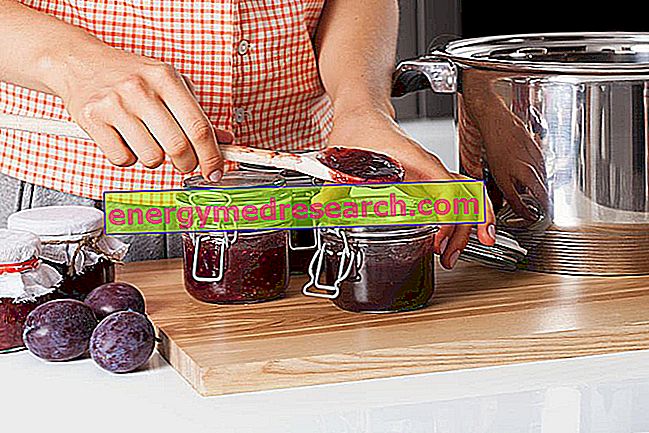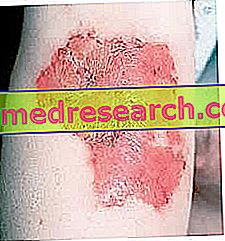
Food botulism is contracted through the ingestion of food contaminated by botulinum toxin produced by the bacterium Clostridium botulinum, which owes its name to the term "botulus" (which in Latin means sausage) to which it was originally associated.
Both industrial products and home preparations are at risk. The foods in question are mainly those preserved in tins and preserves, because the spores survive sterilization, if not carried out correctly, and find the ideal conditions to transform into the vegetative form (ie anaerobiosis, pH between 4.6 and 9 and a temperature between 18 and 25 ° C).
Foods that do not facilitate the development of botulinum are preserves that are naturally acidic or acidifiable, such as tomato sauce and pickles, or prepared by subtracting water (with the addition of sugar or salt), such as jams and jams, capers, anchovies and olives in salt or in brine.
Among the food preparations most frequently subject to contamination by Clostridium botulinum, instead, include non-acid preserves and those that cannot be stabilized through the addition of high concentrations of sugar or salt. This category includes preparations of meat and tuna in oil or natural, pickled vegetables, flavored oils, boiled and not well washed vegetables, non-acid sauces rich in oil (such as pesto).
To be sure, this type of food must undergo a sterilization treatment that destroys all microbial forms and spores. The simple homemade boiling is therefore not enough: it would take 8-10 hours of treatment to obtain truly safe preserves. Attention therefore to the recipes that indicate as sufficient a boiling of the product for about ten minutes; this, in fact, can render the botulinum toxin harmless, which is heat-sensitive, but does not deactivate the spores. Furthermore, the process stimulates spore germination and eliminates air, favoring the onset of anaerobiosis (ie the lack of oxygen), hence the development of botulinum.



